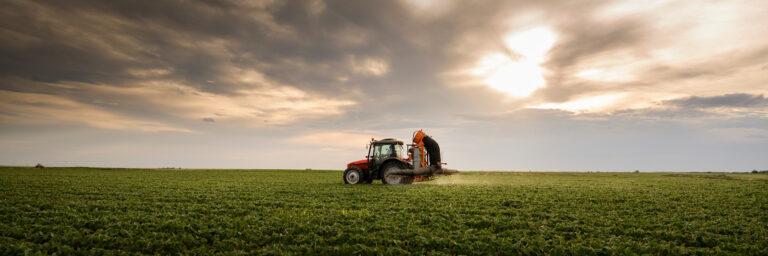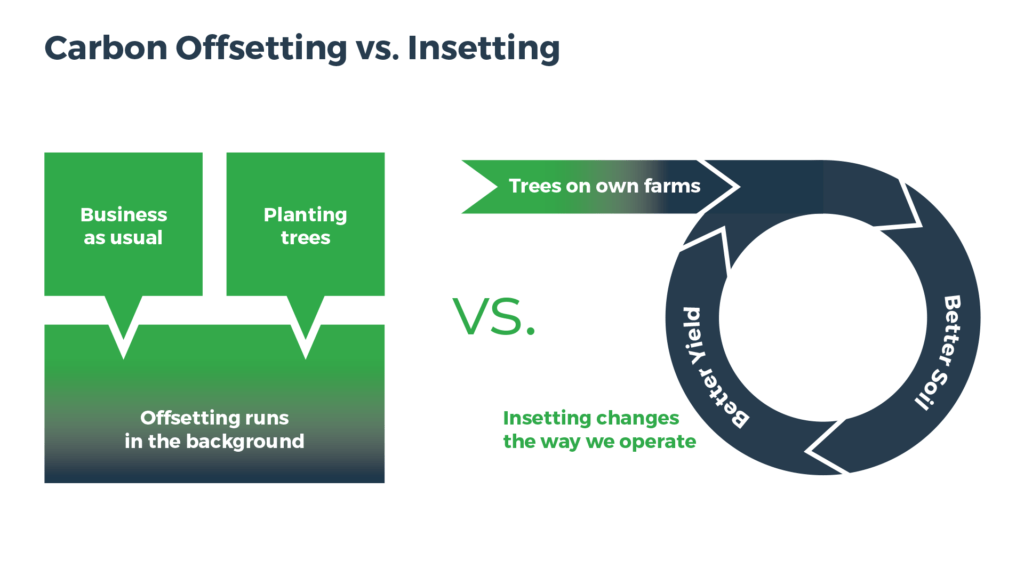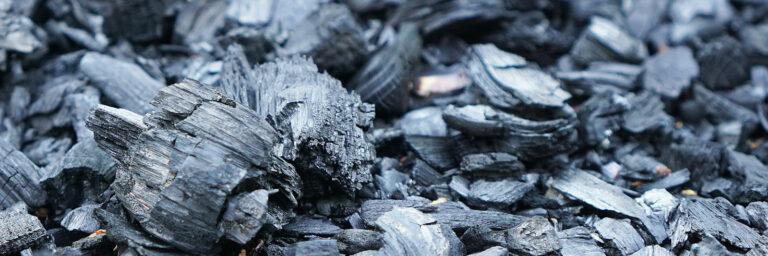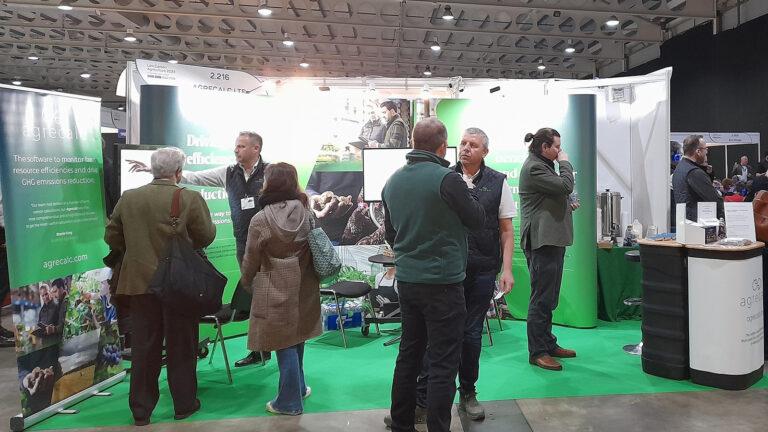
April Business Update: SRUC
After two years of operation as a Limited Company, Agrecalc became part of Scotland’s Rural College (SRUC) as of 1 April 2025.
There are many thought provoking articles that query the long-term sustainability of carbon offsetting as an approach to tackle climate change. At Agrecalc, we believe another approach called “carbon insetting” holds immense potential, particularly in the context of agricultural greenhouse gas (GHG) emissions.
You’ve probably already heard of “carbon offsetting”, where farmers can sell their GHG offsets from reduced or avoided emissions, as carbon credits, to companies outside of their value chain that wish to reduce their carbon footprint.
Carbon insetting, on the other hand, is an alternative method that entails directly addressing emissions within the industry or supply chain responsible.
In the case of agriculture, this means acknowledging and reducing the carbon emissions associated with farming practices, food production, and related activities within your own business and value chain.
We know that agriculture is a significant contributor to global GHG emissions, with the agricultural sector responsible for approximately one-quarter of all global greenhouse gas emissions.
A common solution discussed in the media is the concept of carbon offsetting, whereby companies or individuals buy carbon credits from a project they don’t own or manage, whilst continuing to emit GHGs (business as usual).
In the case of agriculture, this may mean a farmer implementing a practice that sequesters carbon but then selling those emissions offsets to buyers that want to offset their own emissions, usually outside of the agricultural supply chain.
However, a carbon insetting approach allows an individual farmer or company to make changes that avoid or remove carbon emissions within their own business e.g. by planting trees on your own farm (operational change).
A key advantage of carbon insetting is its ability to create localised impact and benefits, beyond carbon reduction. By investing in sustainable farming methods that are aligned with carbon-insetting, including precision agriculture and regenerative practices, agricultural businesses can effectively reduce their carbon footprint whilst creating multiple co-benefits such as increased resilience, improved yields and long-term profitability.
Furthermore, carbon insetting initiatives can strengthen local communities by creating new job opportunities and supporting rural economies.

"Carbon insetting differs from carbon offsetting in that it focuses on emissions reductions and promoting sustainability within the context of your own business and value chain."
Dr Rachael Ramsey, Agrecalc Head of Science
There are several ways to implement carbon insetting into your own farming business such as implementing regenerative agricultural management practices such as no-till, conservation tillage, diversity in rotations, cover cropping, multi-species swards, managed grazing and agroforestry. Other practices can include increased use of renewable energy, reforestation and precision agriculture – all of which can contribute to a lowered carbon footprint.
However, in the implementation of these measures, it is important to remember to monitor and manage your GHG emissions footprint and the impact that these practices may create.
These changes in agricultural practice can also yield multiple co-benefits beyond GHG emission reduction. These can include better soil water storage and infiltration, enhanced soil structure, increased soil carbon sequestration and soil health, increased biodiversity, better animal and crop performance and greater farm ecosystem security. In summary, increased adaption and resilience to both climate change and other external system “shocks”, such as changes in market conditions.
There may of course be a cost-threshold vs co-benefit trade-off with some of these measures, so it is worthwhile reaching out to your local advisor to get some advice on around the opportunities and initial steps.
"By investing in sustainable agricultural practices, not only do we reduce carbon emissions but also drive positive environmental and social change."
Dr Rachael Ramsey, Agrecalc Head of Science
While carbon offsetting has its merits, to reach net-zero, a joint emissions removal and emission reduction strategy is crucial. By utilising a carbon insetting approach, and concentrating on reducing emissions directly within the agricultural sector, we can create a more sustainable and resilient farming industry. Additionally, by investing in sustainable agricultural practices, not only do we reduce carbon emissions, but also drive positive environmental and social change.

Head of Science and Research for Agrecalc. Experienced project manager and agroecologist working in terrestrial ecosystems with an emphasis on assessing the impact of management activities on ecosystem functioning and ecological processes to include GHG emissions, soil cycling (carbon, nitrogen), species diversity and soil health and microbial activity.

After two years of operation as a Limited Company, Agrecalc became part of Scotland’s Rural College (SRUC) as of 1 April 2025.

Biochar is a carbon-rich material produced by pyrolysing biomass, which offers a variety of potential agronomic benefits. In this guest article, Black Bull Biochar discusses how these effects work together to bolster productivity, sustainability, and resilience in farming.

The Agrecalc team is looking forward to welcoming you at our stand (2.844) at this year’s Low Carbon Agriculture Show, taking place on March 5 and 6, at NAEC Stoneleigh near Kenilworth.